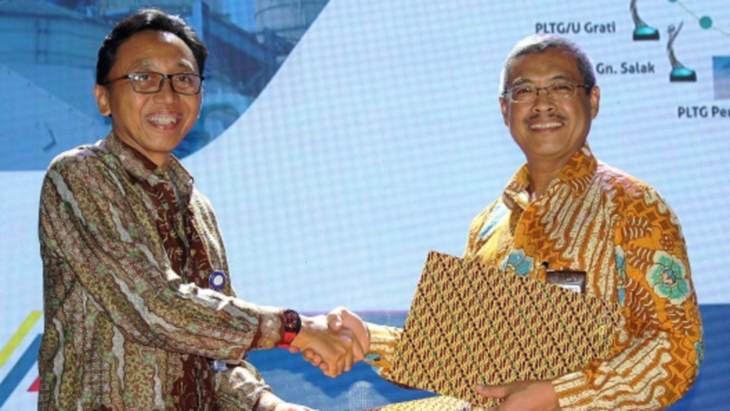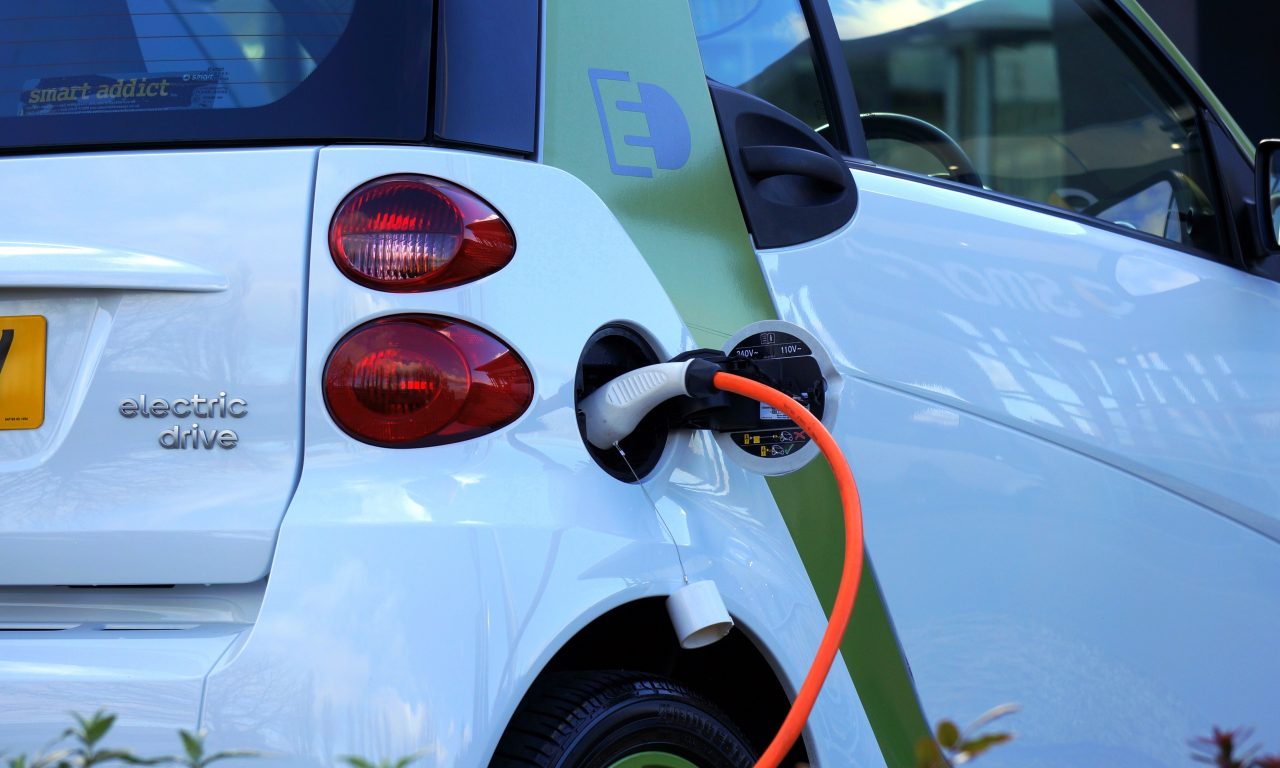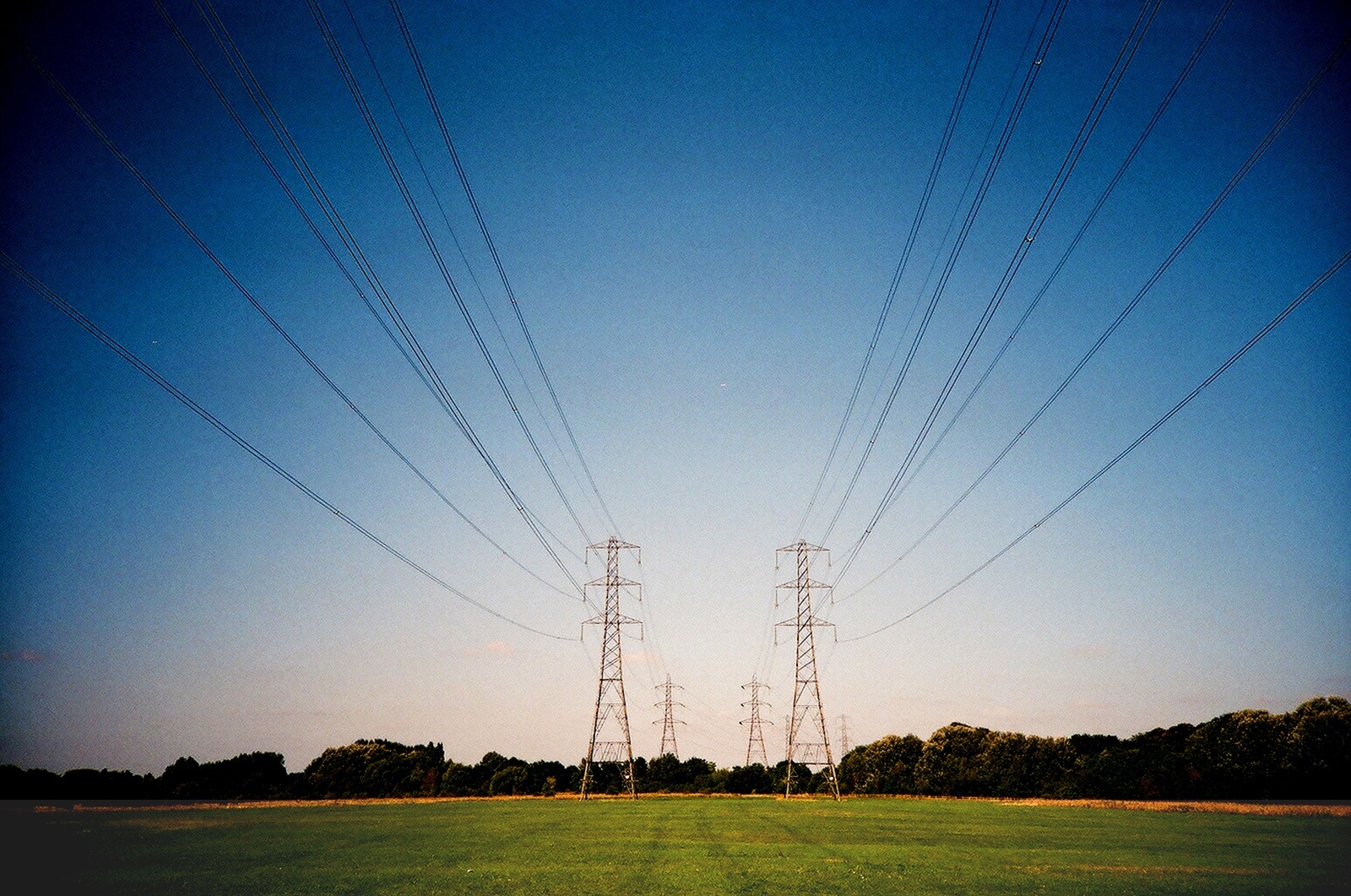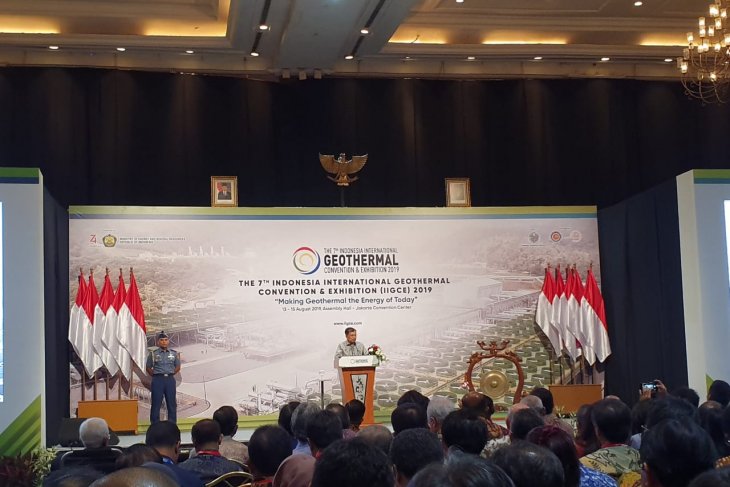- Renewables
–
- Indonesia
The MoU was signed yesterday in Ancol, North Jakarta, by the head of Batan, Anhar Riza Antariksawan, and the acting director of Indonesia Power, Ahsin Sidqi.
The scope of the cooperation covered by the MoU includes a feasibility study on the use of nuclear energy for power plants, as well as the potential use of thorium, uranium and other radioisotopes in batteries. The agreement also calls for cooperation on human resources development, the exchange of data and information, organising scientific meetings, and the use of each other’s facilities and infrastructure.
Prior to signing the agreement, Ahsin said: “This afternoon, Indonesia Power will have an MoU with Batan to prepare for research into the first nuclear power plant in Indonesia, as well as the development of nuclear batteries with Batan. So that in the future, Indonesia Power will not only be an electricity company, but also an energy company.”
Batan launched a plan in 2014 to build a 10 MWt Experimental Power Reactor (Reaktor Daya Eksperimental, RDE) at its largest research centre site – the Puspiptek Complex, in Serpong, South Tangerang, Banten – as a first strategic milestone for the introduction of large-scale nuclear power plant fleets into the country. The RDE is a domestically-designed, very small-sized pebble-bed high temperature gas-cooled reactor (HTGR) with low-enriched uranium oxide TRISO fuel.
In March 2018, Batan launched a roadmap for developing a detailed engineering design for the RDE. The roadmap is a continuation of the RDE basic engineering design, which was completed in 2017. The detailed engineering design document, together with the safety analysis report, will be an important requirement for Batan to achieve approval for the RDE design from the Indonesia’s Nuclear Energy Regulatory Agency.
Batan is promoting the introduction of nuclear power plants in Indonesia to help meet the county’s demand for power. It envisages the start-up of conventional large light-water reactors on the populous islands of Bali, Java, Madura and Sumatra from 2027 onwards. In addition, it is planning for the deployment of small HTGRs (up to 100 MWe) on Kalimantan, Sulawesi and other islands to supply power and heat for industrial use. The prototype unit is planned for West Kalimantan.
Welcoming the signing of the MoU, Anhar said: “From the results of the [feasibility] study we will determine the next step. Hopefully this MoU can be useful not only for both institutions, but for all Indonesian people.”










